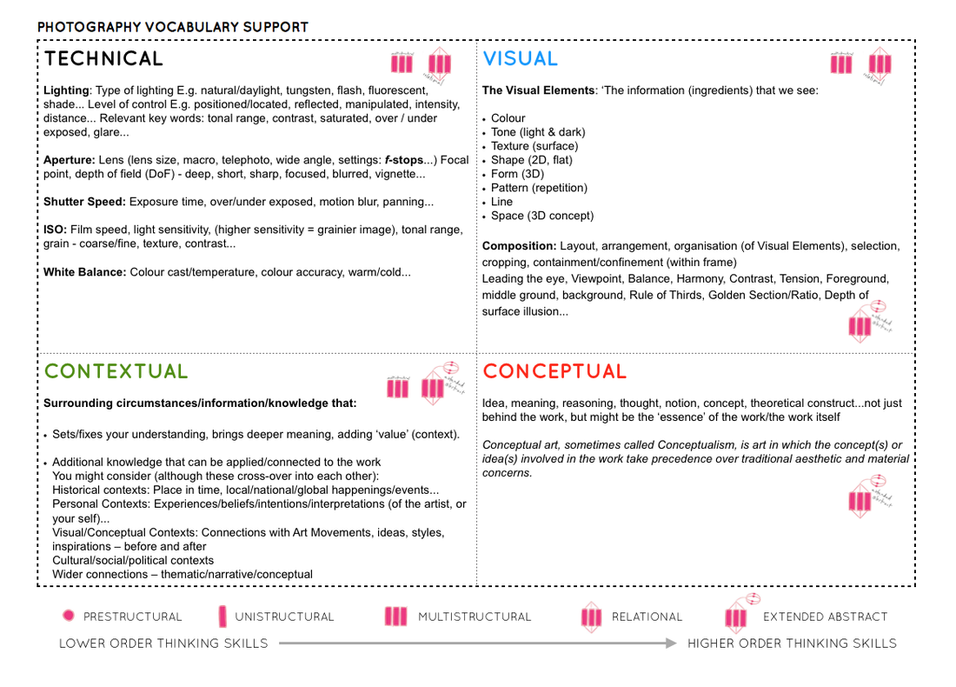

Contextual:
This image was taken approximately 20 years after World War 2, in 1963, by a Jewish photographer named Arnold Newman. The image captures a German industrialist, Alfred Krupp, posing in his factory which produced ammunition for Nazi’s during the war.
Conceptual:
This iconic image was taken almost as a form of redemption for the Jews after their tragic losses in the war. Newman gained power through his photography career to expose Alfred Krupp and his cruel business. This photo could be seen as a form of deterrent against the Germans as Newman purposely chooses to have Krupp posing in a sinister manner, and his use of harsh lighting creates bold shadows around his features to almost form Krupp as a villain. Newman shoots his camera from a slightly higher angle than Krupp to prove the power has been switched between the two of them, in his favour.
Technical:
The lighting seems artificial, and appears to be coming from above as the shadows are cast underneath the features of the face. I believe there is a wide depth of field as majority of the image is in focus, this gives the sense that the whole building is exposed and out in the open to see all that is happening within. The lighting from behind and above creates a juxtaposition between the light and dark tones in the image, with the light bringing the darkness towards you. This image has colours of low saturation for the most part and not of great quality, this suggests the image is old without context as it seems to be taken on an older camera, as the colours loose a lot of their vibrance.
Visual:
The leading lines on the ceiling draw your eyes towards the figure in the foreground, I think this is used as a distraction from what’s happening in the background. The camera is central to attract the viewers eyes to the focal point, being Alfred Krupp with his head resting on his hands and staring into the lens. the dull colours add to the gloomy tone of the image it appears to have all life drained from the entire scene as a whole. This could be seen as a metaphor for the life that was lost during the war because of Krupp’s production of ammunition.
